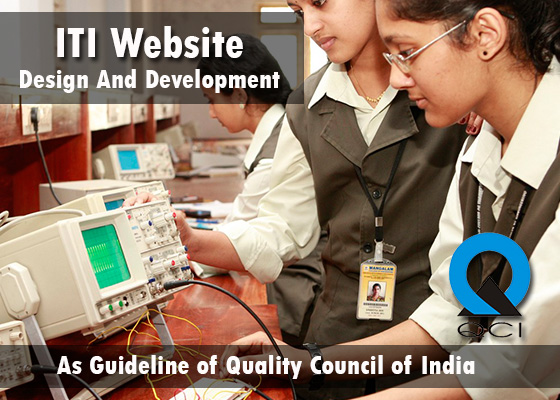What is DST
DUAL SYSTEM OF TRAINING
OBJECTIVE
Objective of DST scheme is to enable industries and establishments to partner with Government and Private ITIs for conducting training programmes under high employability courses so as to fulfil their skilled manpower requirements. The DST is an amalgamation of theoretical training imparted through ITIs and practical training imparted through the Industry. DST helps enable Industry linkages and provide hands on experience to students on industries latest/ updated technologies.
Under the DST scheme, the courses are conducted to meet the skilled workforce requirements of Industry so that after completion of training, the trainee who are awarded National Trade Certificate (NTC) under the scheme have an edge over regular ITI pass outs in terms of employability and employment opportunities in Industry.With the vision of strengthening Industry linkages and acquainting students in ITIs with latest technologies used in the Industry, DGT encourages ITIs to participate in the DST program so that these ITI trainees are Industry ready.
ELIGIBILITY OF ITIS
All affiliated ITIs (Government and Private) can conduct training under DST in their relevant affiliated trade(s)
COURSES AND CURRICULUM FOR DST
The Dual System of Training has been expanded to all the trades including service sector trades, and trades in new and emerging sectors. All these courses will be NSQF aligned.
DURATION OF TRAINING
1. Duration of industrial training’ as indicated in table below :
| S. No. | Duration of Course/ Trade | Duration of Industrial exposure / training (as per previous guidelines) | Duration of Industrial exposure / training (as per revised guidelines) |
|---|---|---|---|
| 1 | 6 months | Not defined | 1-3 months |
| 2 | 1 year | 5 months | 3-6 months |
| 3 | 2 years | 9 months | 6-12 months |
2. The Industry / ITI has flexibility in deciding duration of ITI and Industry training blocks over the entire training period within this range.
ELIGIBILITY CRITERIA FOR INDUSTRIES
- In order to bring more industries under the ambit of DST, the condition of minimum 200 employees being employed by participating Industry has been revised for both engineering and non-engineering trades. These guidelines are now further modified as below:
- For an Industry in engineering trades, minimum employees criteria will be 40 (including contractual employees) whereas for non-engineering trades, the Industry Partner should have minimum 6 employees.
- Turnover should be minimum INR 10 lakh per year for the last two years in case of non-Engineering Industry, and minimum turnover should be INR 1 crore per year for the last 3 years for Industry in engineering trades.
| S No. | Parameter | Eligibility Criteria (Earlier) | Eligibility Criteria (Now) | ||
|---|---|---|---|---|---|
| 1 | Engineering Trades | Non- Engineering Trades | Engineering Trades | Non- Engineering Trades | |
| 2 | Minimum no. of Employees in the Industry | 200 | 200 | 40 | 6 |
| 3 | Minimum Turnover of the Industry (In INR) | 10 crore/ year(for last 3 years) | 10 crore/ year(for last 3 years) | 1 crore / year(for last 3 years) | 10 lakhs / year(for last 2 years |
ITI Student Resume Portal
रिज्यूम पोर्टल का मुख्य उद्देश्य योग्य छात्रों की जानकारी सार्वजनिक पटल पर लाने की है जिससे जिन्हें आवश्यकता हो वह अपने सुविधा अनुसार छात्रों का चयन कर सकते हैं


